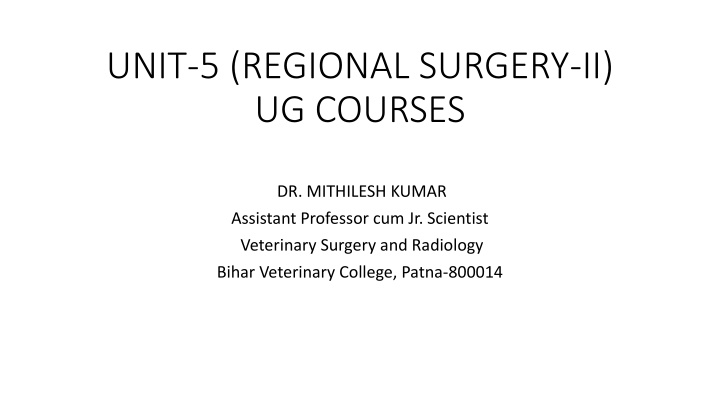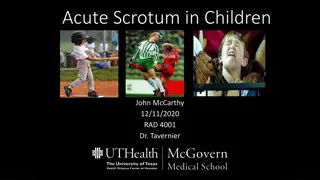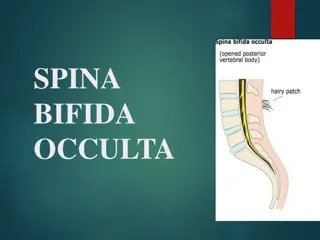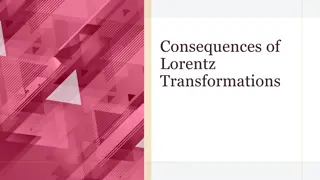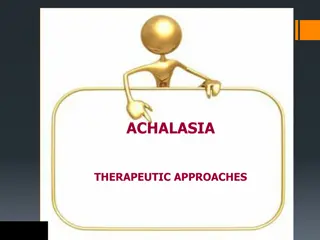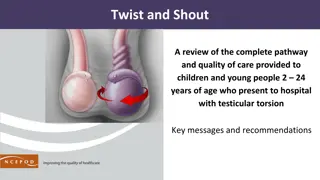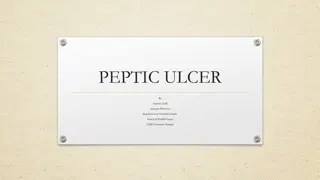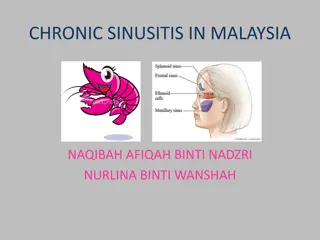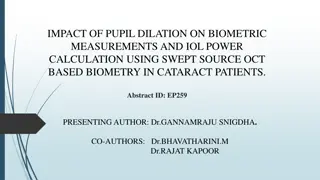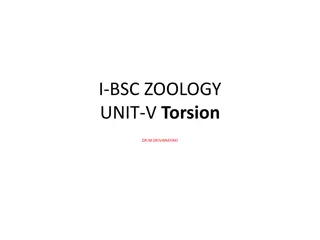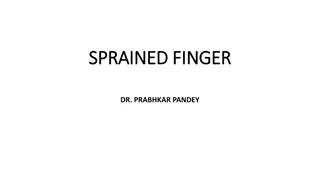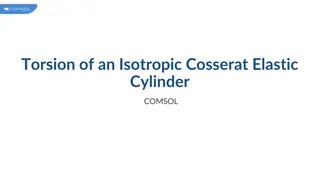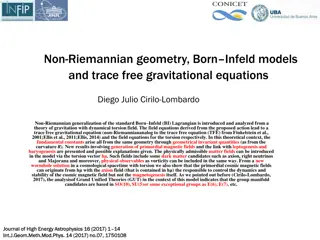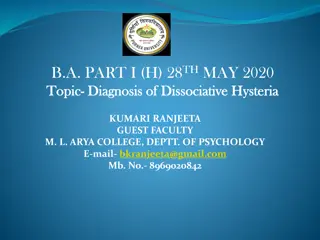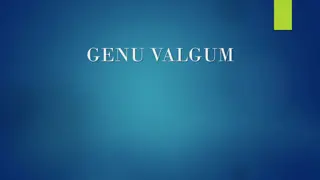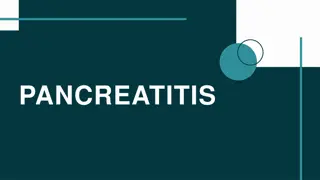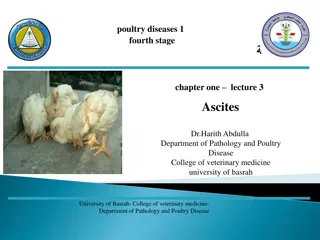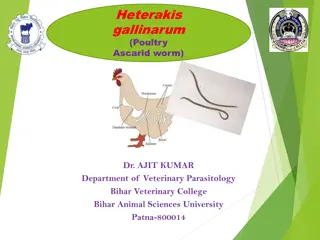Caecal Dilation and Torsion in Veterinary Surgery: Causes, Symptoms, Diagnosis, and Treatment
Caecal dilation and torsion is a condition observed in animals like cattle, buffalo, sheep, and goats, characterized by distension, displacement, and twisting of the caecum. This article discusses the etiology, clinical signs, diagnosis, and treatment options for this condition, highlighting the importance of prompt veterinary intervention to manage the condition effectively.
Download Presentation

Please find below an Image/Link to download the presentation.
The content on the website is provided AS IS for your information and personal use only. It may not be sold, licensed, or shared on other websites without obtaining consent from the author.If you encounter any issues during the download, it is possible that the publisher has removed the file from their server.
You are allowed to download the files provided on this website for personal or commercial use, subject to the condition that they are used lawfully. All files are the property of their respective owners.
The content on the website is provided AS IS for your information and personal use only. It may not be sold, licensed, or shared on other websites without obtaining consent from the author.
E N D
Presentation Transcript
UNIT-5 (REGIONAL SURGERY-II) UG COURSES DR. MITHILESH KUMAR Assistant Professor cum Jr. Scientist Veterinary Surgery and Radiology Bihar Veterinary College, Patna-800014
CAECAL DILATION AND TORSION It involves distension, displacement and torsion of caecum. Free end of caecum in cattle is devoid of mesentery lead to rotation. Dilatation may proceed to torsion. After parturition and pregnant animal of cow, bullocks, sheep and goats may observed. Also observed in buffalo. Etiology not known But excessive grain feeding is animal reported. Feeding of excessive grain increased VFA and gas - Atony or hypomotility of caecum - dilation and torsion of the organ
CLINICAL SIGNS :- Simple dilatation of caecum may be acute if torsion occurs. Symtom similar to bowel obstruction. Early cases abdominal pain. Rapid loss of appetite, cessation of defaecation and dehydration. T, PR and HR are normal in simple dilatation but subnormal Temp and tachycardia in case torsion. Hypomotility of rumen or atony of rumen present in most of the cases. The right paralumbar fossa may be distended and tympanic resonance may be heard.
Similar resonance is heard in case of RDA but resonant area is smaller and more caudal in caecal dilation. The distended caecum may be rectally palpable like long cylindrical movable gas filled structure. Rupture of caecum may cause death. DIAGNOSIS:- History, clinical signs, auscultation and percussion and rectal palpation. Right flank laparotomy. Hypochloraemic, hypokalemic metabolic alkalosis. Hemoconcentration, azotaemia observed.
Similar finding are also observed in bowel obstruction. TREATMENT:- Conservative treatment in case of dilatation without torsion. It is parasympathomimetic drugs such as neostigmine. It can given S/C every 3 to 4 hrs over 2 to 3 days in gradually decrease dose 12.5 mg to 2.5 mg Alternative continuous drip of drug (200 mg in 10 litres of normal saline. Liquid paraffin oral purgative.
The dilated cecum is exteriorized through a right flank incision for drainage of its content
. The ceacal apex has been rinsed and closed with a double Cushing suture using 2-0 polyglyconate.
Blind end of the distended cecum exteriorized by right flank laparotomy
Above fails surgery indicated. Right flank laparotomy is done standing animal and free end of caecum is exteriorized. Packing the laparotomy wound and caecotomy done to remove the content. Caecum is closed after cleaning with NS. Suturing done with absorbable suture material like enterotomy. Torsion is corrected and caecum placed in normal position. The laparotomy wound is closed in the usual manner. Typhlectomy is also indicated in necrosed caecum. Blood vessels ligated and resected necrosed caecum
Ileum and colon are anastomosed by Connell pattern using chromic catgut
